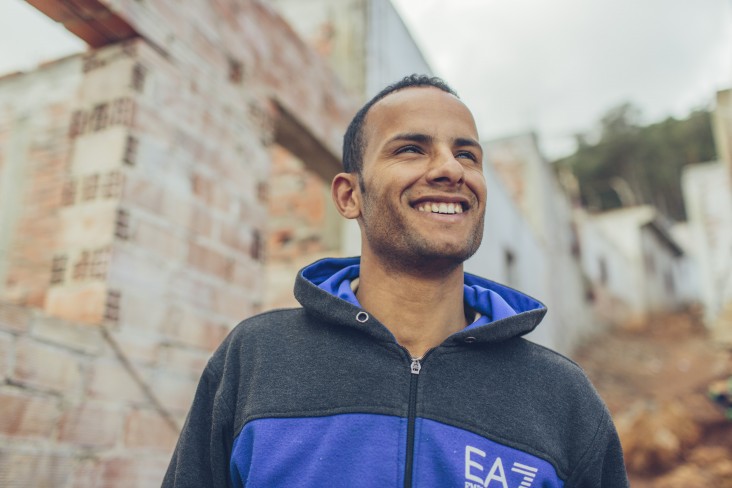Speeches Shim

QUICK FACTS
- Partners:
- Netherlands Embassy
- UK Embassy Morocco
- Implementing Partner: International Organization for Migration (IOM)
- Regions of Focus: Tangier, Tetouan, Fnideq, Al Hoceima
- Duration: October 2012 - September 2019
- Budget: $12.77 Million
BACKGROUND
Youth, making up more than half of Morocco’s population, are disproportionately affected by socioeconomic challenges.
These challenges, such as access to quality education, high unemployment, and political disenfranchisement, all contribute to high rates of youth marginalization. This reality is particularly prevalent in the north of Morocco, where youth (10 to 25 years old) living in densely-populated and underserved neighborhoods, lack the resources and support necessary to become productive members of the workforce and their communities. Lacking a sense of purpose and belonging, these youth become vulnerable to crime, irregular migration, and exposure to violent extremist rhetoric and recruitment, all of which imperil Morocco’s peaceful reform agenda.
USAID RESPONSE
USAID believes that all youth have the power to become full-fledged citizens in their neighborhoods and cities. The FORSATY activity works in nine marginalized neighborhoods in the north of Morocco, where the pull of legitimate institutions are weak and extremist recruitment cells are active. By establishing and strengthening bonds between youth and community actors, USAID seeks to prevent youth delinquency and reduce recidivism among at-risk youth through:
- A positive youth development approach that provides education, life skills, and other youth-friendly services to help curb drop-out rates and increase employability.
- Stronger bonds with the community by involving families and the larger neighborhood while also building linkages to community-based social service providers.
- Local capacity building of youth-serving institutions to champion an assets-based approach to youth development.
RESULTS ACHIEVED
- Over 25,000 at-risk youth have benefitted from FORSATY's services.
- Basedon the success of the model, FORSATY has leveraged funds from other donors and the private sector, which have contributed to expanding the program to other cities and its overall sustainability.
- 8 policies proposed by the city-level Youth Leader Councils were introduced into their cities' Communal Development Plans.
- 52 formal partnerships signed with the private sector.
- 88 percent of youth participants are either succesfully reintegrated into the community or are continuing to participate in activities.

Comment
Make a general inquiry or suggest an improvement.